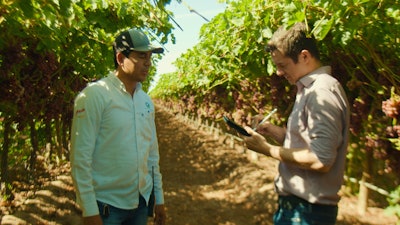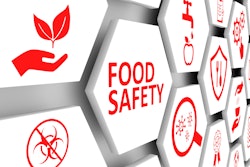
Nearly 48% of growers and 47% of buyers identified price volatility as one of the primary challenges to managing their day-to-day operations, according to a ProducePay survey. Additionally, 68% of growers surveyed said that being able to reach fair pricing terms is their major pain point when it comes to trading.
“There’s an urgent need to bring more transparency and efficiency to all aspects of the global produce supply chain,” says Pablo Borquez Schwarzbeck, CEO and founder of ProducePay. “Underpinning many of the survey responses we received was a resounding plea for the kind of price stability that only happens when trading partners have direct access to one another and can reach more agreeable and profitable business terms.”
From BusinessWire:
- Input revealed a shared desire for greater access to trading partners and greater security in pricing across the produce industry. These common concerns were especially prevalent when asked about price volatility.
- Nearly 43% of buyers indicated they have trouble finding consistent growers to purchase from, and 41% of buyers said they have difficulty finding enough supply from growers.
- 40% of buyers said they currently look for new growers through acquaintances, 31% of at tradeshows and only 10% use online marketplaces.
- 50% of growers said they have difficulty finding consistent buyers.
- Nearly 45% of growers agreed that being unable to expand and diversify their portfolio is stunting business growth.
- More than 43% of buyers said that sustainable practices are one of the requirements they look for in a grower, besides their production capacity and certifications.
- The majority (55%) of buyers also said their companies have carbon reduction targets
- 50% of growers said that implementing sustainable practices is extremely important to them.
- Most growers were already implementing protected agricultural practices (70%) and crop rotation (61%).


















